Performance Improvement of Shell & Tube Heat Exchanger CFD, A Fluent Tutorial
Performance Improvement of Shell & Tube Heat Exchanger CFD, A Fluent Tutorial
- Upon ordering this product, you will be provided with a geometry file, a mesh file, and an in-depth Training Video that offers a step-by-step training on the simulation process.
- For any more inquiries regarding the product, please do not hesitate to reach out to us at info@CFDLAND.com or through our online support assistant.
€160 Original price was: €160.€110Current price is: €110.
A Shell & Tube Heat Exchanger (STHE) is one of the most widely used and important pieces of equipment in the engineering world, found everywhere from power plants to chemical processing facilities. Its job is to transfer heat from a hot fluid to a cold one without them mixing. However, in a simple STHE design, the fluid on the shell side can take a direct, lazy path from the inlet to the outlet, creating “dead zones” where heat transfer is poor. To solve this problem, engineers install baffles. These baffles are plates that block the direct path and force the fluid to flow in a zigzag pattern across the tubes. This dramatically improves performance. A Performance Improvement of Shell & Tube Heat Exchanger with Baffle CFD simulation is the best way to visualize this complex flow and prove that the design changes are effective.
Simulation Process: Modeling a Shell & Tube Heat Exchanger with Baffle
To begin this simulation, we first prepared the detailed 3D geometry in ANSYS SpaceClaim, including two new, specially designed end caps. The entire fluid domain was then filled with a high-quality tetrahedral mesh containing over 2,280,000 cells to accurately capture the complex flow. The physics setup in ANSYS Fluent is critical for this problem. We used the k-epsilon turbulence model to simulate the chaotic, turbulent flow created by the baffles. The Energy equation was also enabled to calculate the heat transfer. The boundary conditions were set to match a realistic industrial scenario: hot water enters the inner tubes at a high temperature of 82°C, while cold water enters the shell side at 16.85°C. This large temperature difference creates a strong driving force for heat transfer.
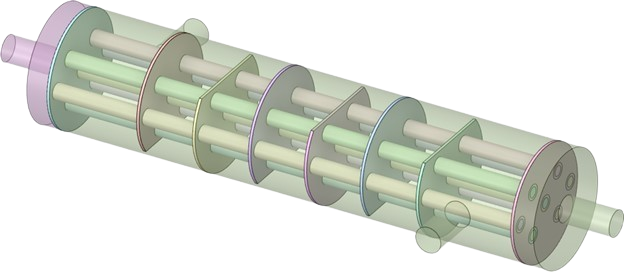
Figure 1: The 3D geometry model of the Shell & Tube Heat Exchanger with Baffle and newly proposed end caps.
Post-processing: How Baffles Engineer Superior Heat Transfer
The simulation results provide a clear and powerful visual story of how the baffles fundamentally change the exchanger’s behavior. The velocity contour in Figure 2 shows that the shell-side fluid is no longer taking an easy path. Instead, the baffles act as barriers, forcing the fluid into a winding, serpentine journey back and forth across the tube bundle, with velocities reaching up to 0.54 m/s in the narrow gaps. This forced detour does two critical things: it increases the time the fluid spends inside the exchanger, and more importantly, it creates significant turbulence and mixing. This turbulent, swirling motion aggressively scrubs the outer surface of the hot tubes, which dramatically accelerates the rate of heat transfer.
This enhanced heat transfer is proven by the temperature distribution. The hot water, which enters the tubes at 82°C, exits at a much cooler 67°C. The most significant achievement of this simulation is quantifying this massive 18% temperature drop in the hot fluid. This is direct evidence that the baffle design is working exactly as intended. The 3D temperature plot clearly shows the hot fluid (red) cooling to green and then blue along its path, a direct consequence of the superior heat removal engineered by the baffle-induced turbulent flow. This detailed Shell & Tube Heat Exchanger with Baffle Fluent analysis successfully demonstrates a significant performance improvement.
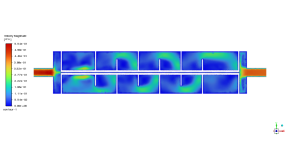
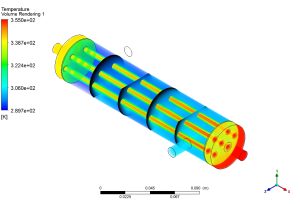
Figure 2: Contours showing a) the turbulent velocity field and b) the 3D temperature distribution inside the baffle STHE cfd simulation.
We pride ourselves on presenting unique products at CFDLAND. We stand out for our scientific rigor and validity. Our products are not based on guesswork or theoretical assumptions like many others. Instead, most of our products are validated using experimental or numerical data from valued scientific journals. Even if direct validation isn’t possible, we build our models and assumptions on the latest research, typically using reference articles to approximate reality.
Yes, we’ll be here . If you have trouble loading files, having technical problems, or have any questions about how to use our products, our technical support team is here to help.
You can load geometry and mesh files, as well as case and data files, using any version of ANSYS Fluent.
€185 Original price was: €185.€155Current price is: €155.

€280 Original price was: €280.€185Current price is: €185.

€185 Original price was: €185.€125Current price is: €125.

€200 Original price was: €200.€115Current price is: €115.

€185 Original price was: €185.€135Current price is: €135.

€200 Original price was: €200.€125Current price is: €125.



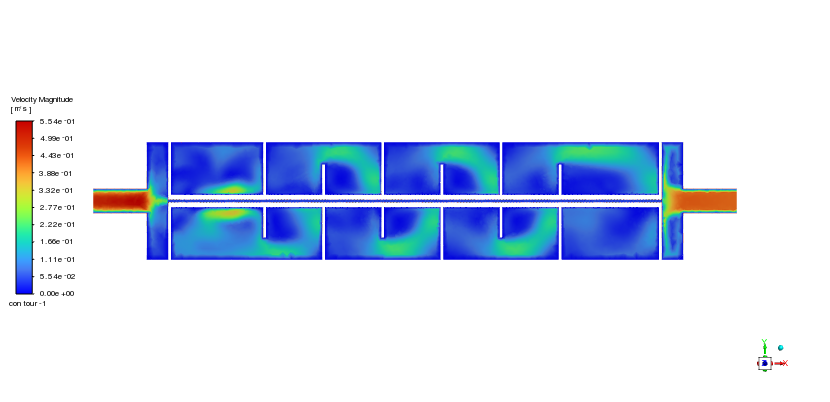
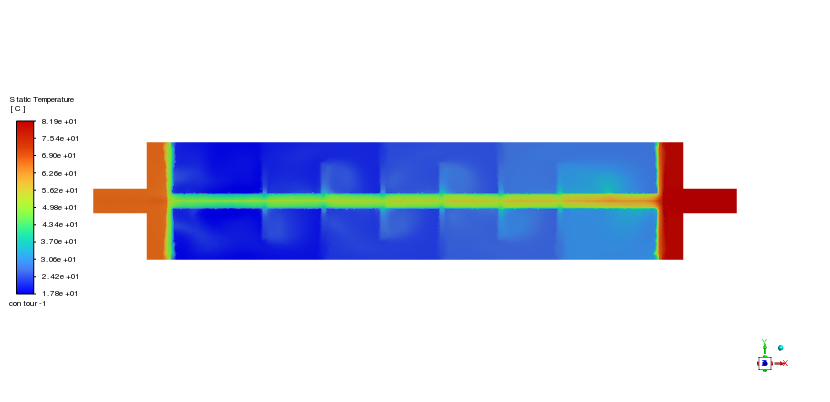
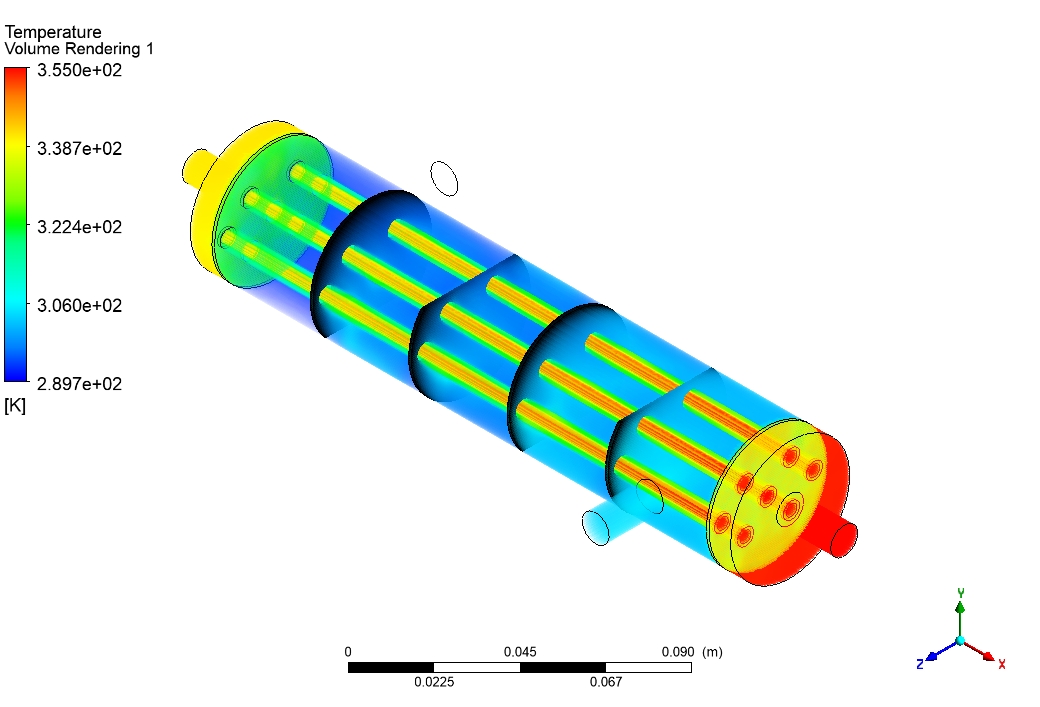
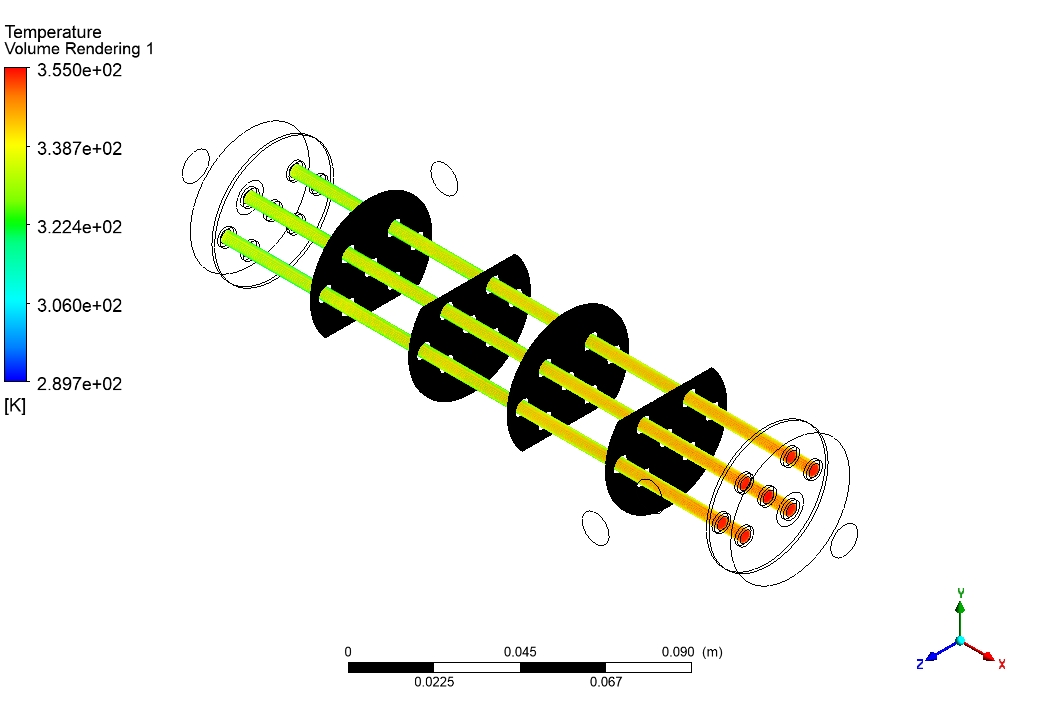
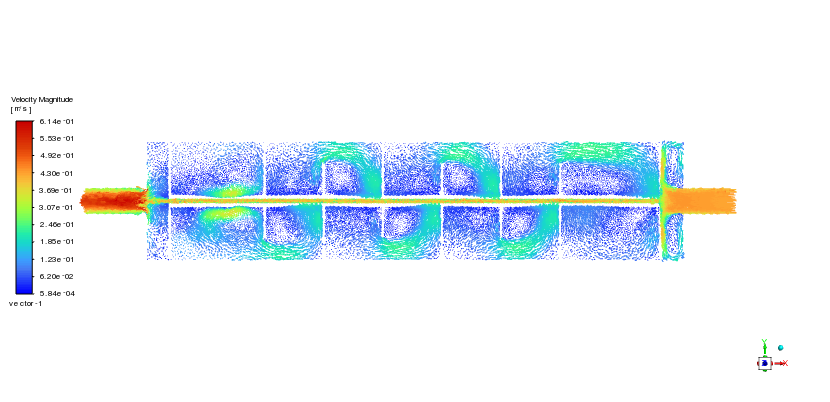
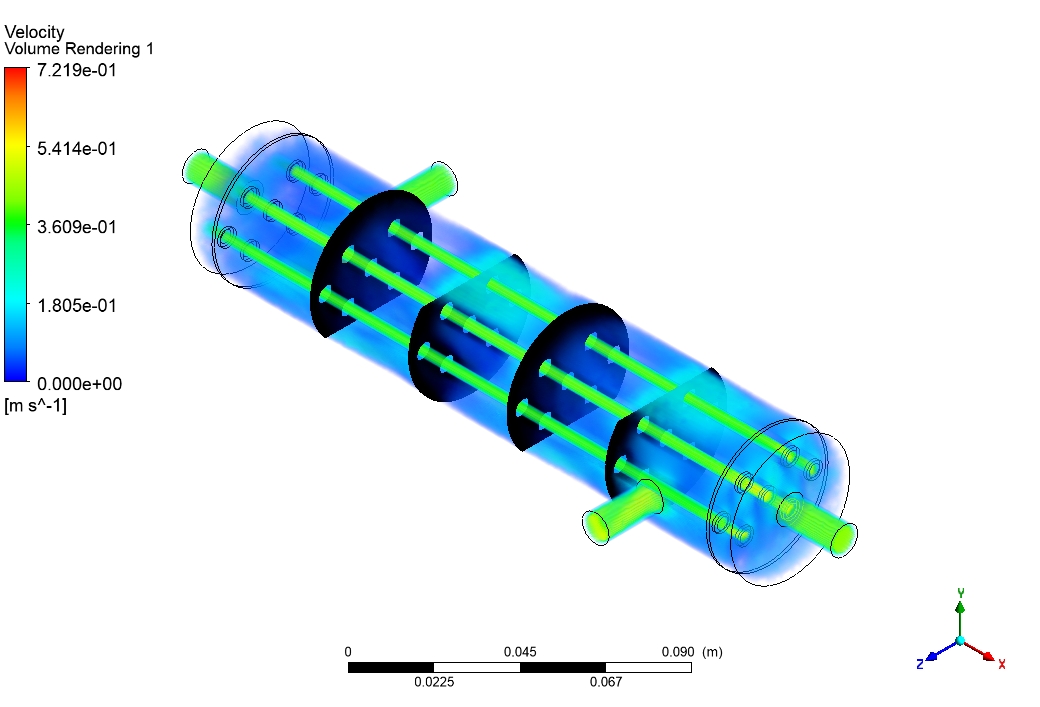





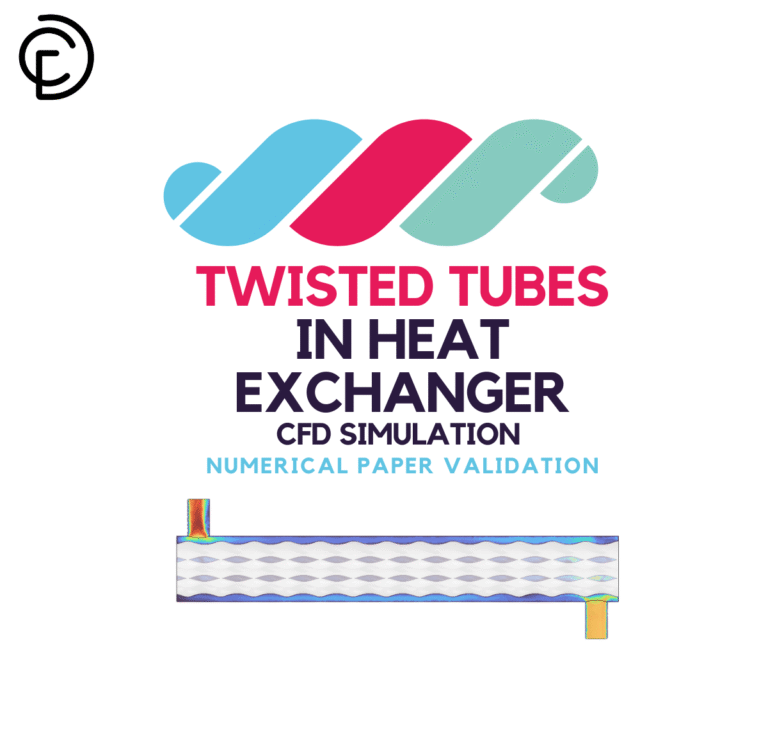
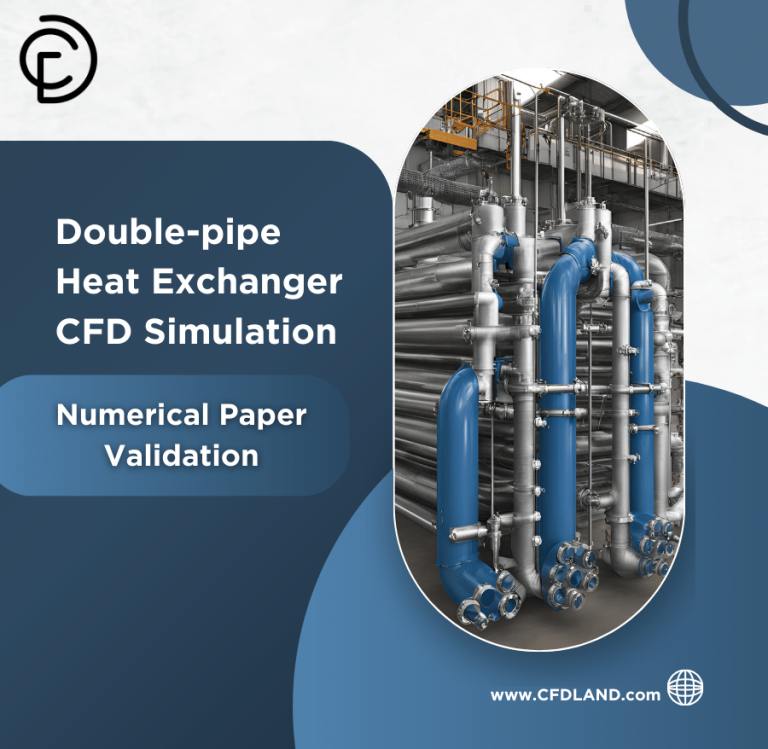
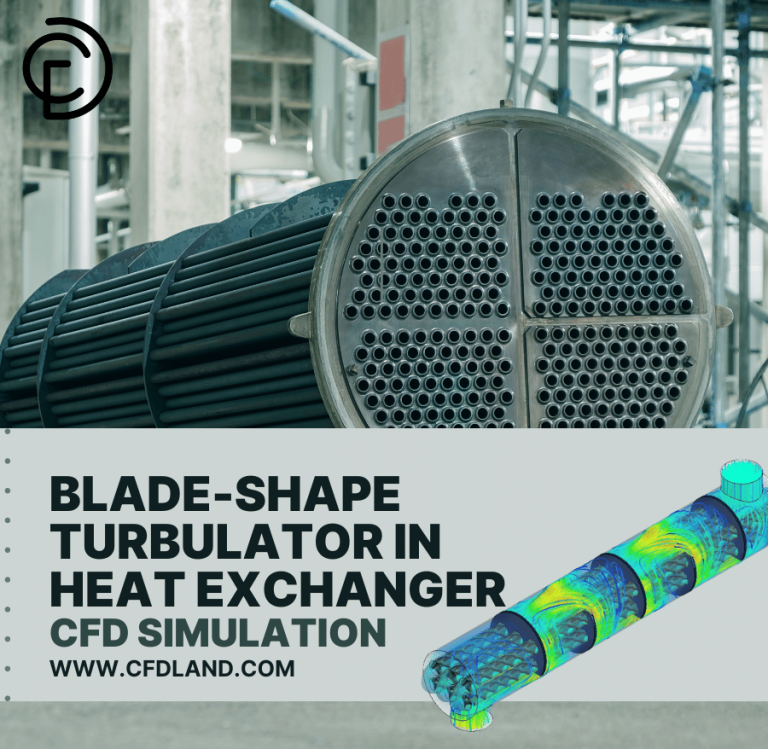
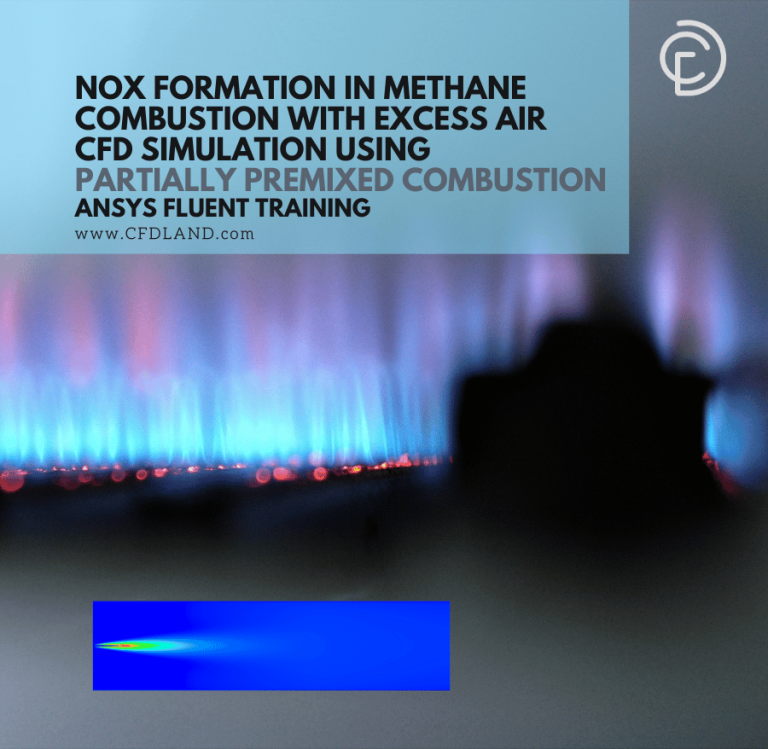
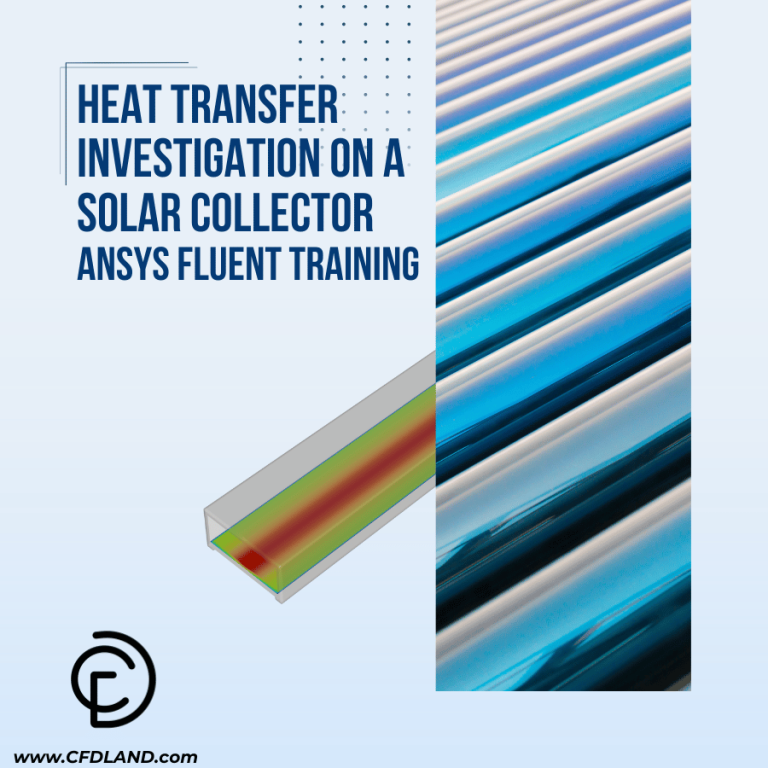

Reviews
There are no reviews yet.